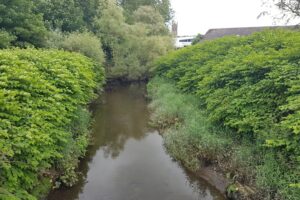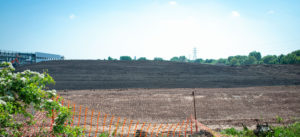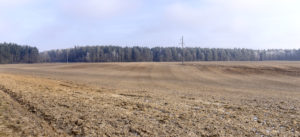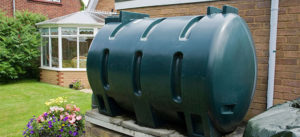Japanese Knotweed is an invasive plant that grows rapidly and poses significant challenges to any natural environment where it is present.
As one of the biggest public enemies, it also has some unusual characteristics.
10 facts about Japanese Knotweed:
- Japanese Knotweed can grow by up to 10cm a day reaching towering heights of 3-9 feet/1-3 meters. It and its root can spread up to 7 meters in length and 3 meters in depth.
- Japanese Knotweed can penetrate tarmac, cement and clay, causing cracks in the foundations of buildings and walls.
- Japanese Knotweed can complicate property transactions making it difficult to secure a mortgage and diminishing property value.
- It is illegal to cause or allow Japanese Knotweed to spread, leading to potential prosecution. All parts of the plant are controlled waste, and the law obliges secure disposal to prevent further spread.
- Fly-tipping is a major cause of Japanese Knotweed spreading. In Asia, its growth is naturally controlled by predators, it finds no such natural enemies in Europe.
- Japanese Knotweed is one of the world’s 100 worst invasive species.
- Eradicating Japanese Knotweed can take several years due to its rapid growth.
- Brought from Japan to Britain during the Victorian era, Japanese Knotweed was used to line railway tracks because of its rapid growth, and you can still see it around the railways.
- Japanese Knotweed costs the British Economy £166 (€186) million per year.
- It cost £70 (€82) million and took 4 years to eradicate the Japanese Knotweed from the London 2012 Olympics arenas.











